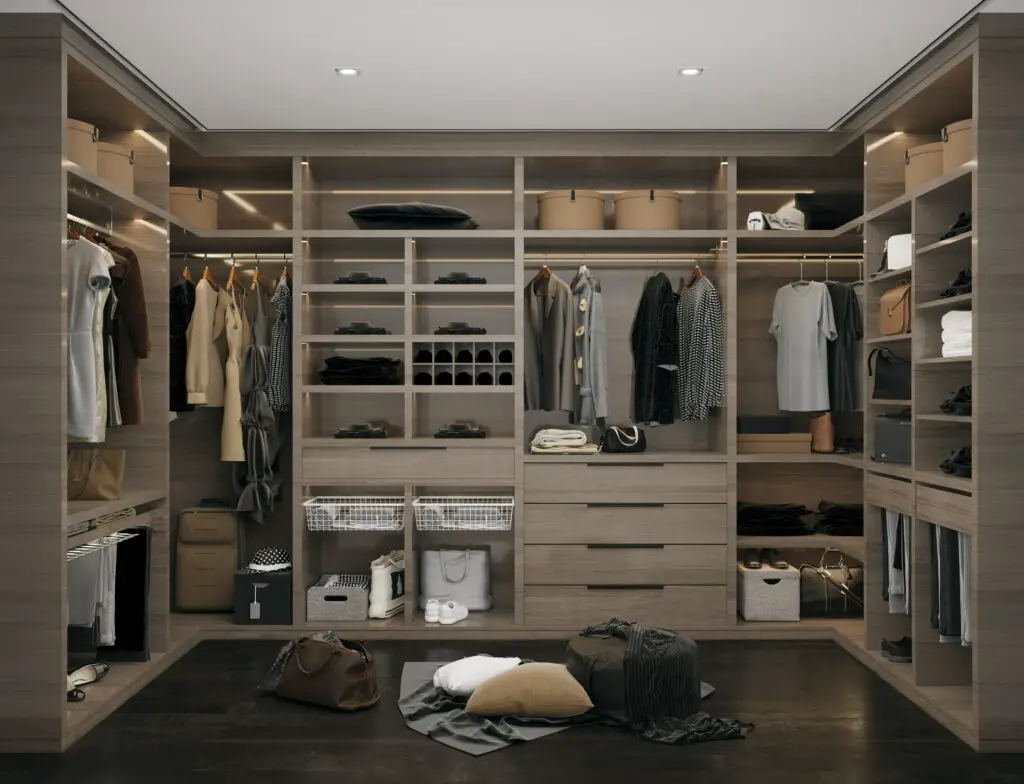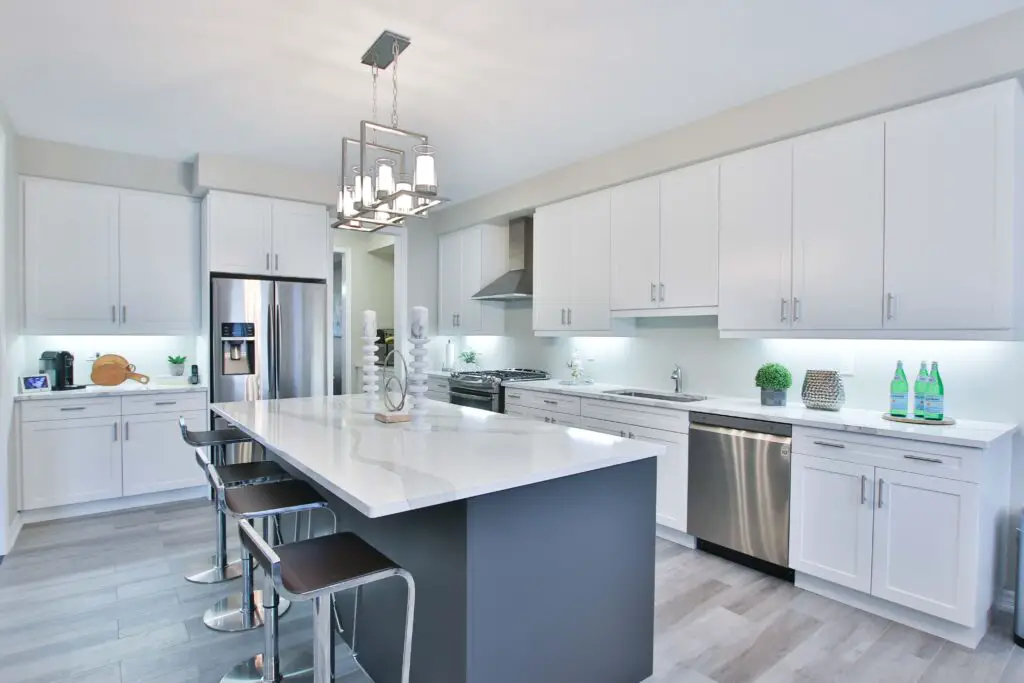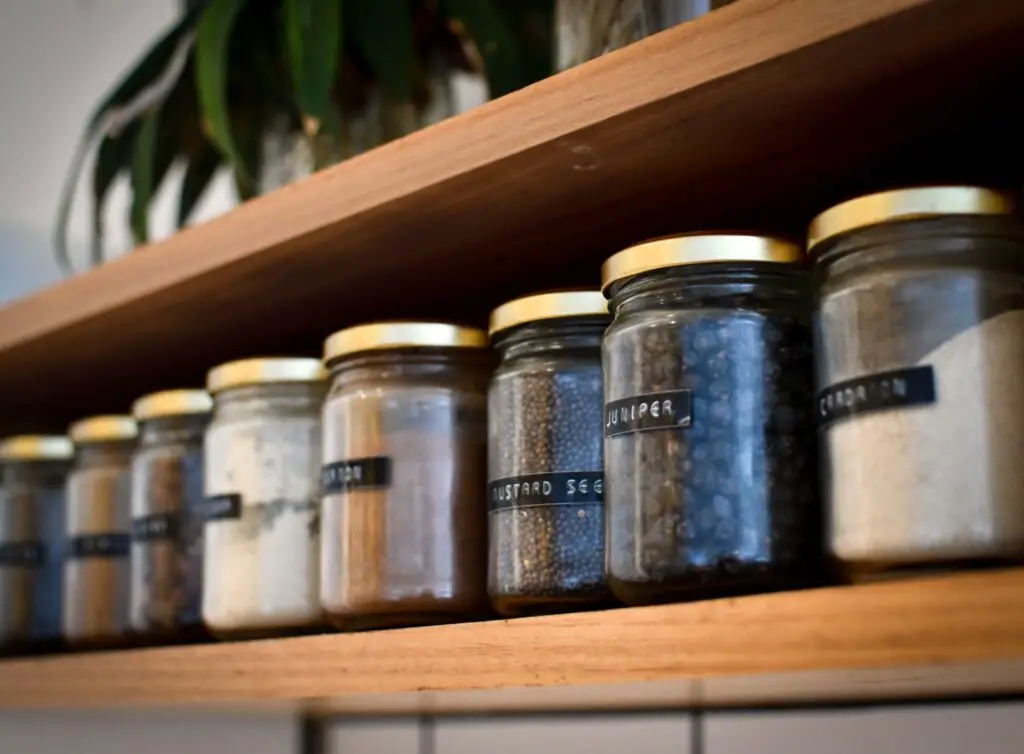A well-organized wardrobe not only saves you time and effort but also enhances your personal style. One effective method to achieve a visually pleasing and functional closet is by organizing it by color. When you organize your wardrobe by color, you create a cohesive and harmonious arrangement that makes it easier to find and pair your outfits.
In this comprehensive guide, we’ll take you through the process of organizing your wardrobe by color step by step. From assessing and decluttering your clothing items to arranging them in a visually appealing way, you’ll learn the essential techniques to transform your closet into a stylish and efficient space.
I. Assessing Your Wardrobe

Before diving into the color-coding process, it’s essential to assess your wardrobe and determine which items you truly need and want to keep. Follow these steps to assess your clothing collection effectively:
- Take inventory of your clothing items: List all the items you currently own. This inventory will give you a clearer picture of the extent of your wardrobe and help you identify any duplicates or unnecessary items.
- Group similar items together: Group your clothing items based on their type, such as tops, bottoms, dresses, and outerwear. This grouping will make it easier to evaluate and categorize them later.
- Identify color categories: Consider the colors you typically wear and identify the main color categories that will suit your wardrobe. This step will help you create a well-structured organization system and ensure a cohesive arrangement.
II. Sorting and Decluttering

Now that you have assessed your wardrobe, it’s time to sort through your clothing items and declutter effectively. Follow these steps to streamline your wardrobe:
- Start with a clean space: Clear out your wardrobe and create a clean and clutter-free environment to work in. This blank canvas will allow you to envision and execute your color-coded organization plan more effectively.
- Empty your wardrobe: Take out all your clothing items and lay them out on a flat surface, such as your bed or a large table. This step ensures that you evaluate each item individually and make informed decisions.
- Evaluate each item: Go through each clothing item and consider the following factors:
- Fit and condition: Determine if the item still fits you well and is in good condition. If it’s damaged or doesn’t fit, consider donating, selling, or discarding it.
- Frequency of use: Reflect on how often you wear each item. If you haven’t worn it in over a year, consider parting ways with it unless it holds significant sentimental value.
- Personal style alignment: Assess if the item aligns with your current personal style and represents the image you want to project. Let go of items that no longer resonate with you.
- Create piles: Divide your clothing items into three main piles: keep, donate/sell, and discard. The keep pile will consist of items you love, wear frequently, and fit well. The donate/sell pile includes items in good condition that you no longer wear, while the discard pile comprises worn-out or damaged items.
- Properly dispose of the donate/sell and discard piles: Once you have sorted your clothing items, make sure to follow through with donating or selling the appropriate items. Dispose of worn-out or damaged items responsibly.
III. Preparing Your Wardrobe

To effectively organize your wardrobe by color, you need to set up a designated space for each color category and consider suitable storage solutions. Follow these steps to prepare your wardrobe:
- Set up a designated space for each color category: Assign specific areas or sections in your wardrobe for each color category. This separation ensures a clear distinction between color families and facilitates easy access.
- Consider storage solutions: To optimize your color-coded organization, choose storage solutions that suit your wardrobe layout and maximize space utilization. Some useful storage options include:
- Hangers, hooks, and rods: Hang garments, such as dresses, shirts, and blazers, on appropriate hangers. Use hooks and rods for accessories like belts and scarves.
- Shelving and cubbies: Utilize shelves and cubbies to store folded items, such as sweaters, jeans, and t-shirts. Consider labeling the shelves or using clear bins to improve visibility.
- Drawer dividers and organizers: Use drawer dividers and organizers to separate smaller items like socks, underwear, and accessories. This ensures easy identification and reduces clutter.
- Label and color-code your storage areas: Employ labels or tags to identify each color category and ensure consistency in your organization system. You can also consider using color-coded storage bins or dividers to further enhance the visual appeal and ease of use.
IV. Organizing Your Wardrobe by Color

Now comes the exciting part—organizing your wardrobe by color. Follow these steps to create a visually pleasing and efficient color-coded arrangement:
- Choose a color scheme: Decide on the color scheme you want to implement in your wardrobe. It can be as simple as organizing by basic color families (e.g., blues, greens, reds) or as detailed as arranging shades within each color family.
- Start with the basics: Begin organizing by grouping neutral-colored items together. Neutrals include white, beige, gray, and black. Arrange them in a way that allows for easy identification and versatility in pairing with other colors.
- Organize by color families: Move on to organizing the rest of your wardrobe by color families. Create sections for colors like blues, greens, reds, yellows, etc. Within each color family, arrange the shades from light to dark. This progression creates a visually appealing gradient effect.
- Consider alternate arrangements: While organizing by color is the primary focus, you can also consider additional arrangements based on your preferences and wardrobe needs. Some alternate methods include:
- Organizing by seasons: Group your clothing items by seasons, such as summer, fall, winter, and spring. This arrangement helps you quickly locate appropriate outfits based on the weather.
- Grouping by occasion or type: Separate your clothing items into sections based on their purpose or occasion, such as workwear, casual wear, and formal wear. This arrangement streamlines your outfit selection process.
- Sorting by garment type: Further categorize your wardrobe by arranging items into sections for tops, bottoms, dresses, and outerwear. This organization method simplifies your search for specific types of garments.
- Maintain consistency and symmetry: To achieve a visually pleasing wardrobe, maintain consistency in your color arrangement. Ensure that each color category receives a similar amount of space and that items within each category are arranged symmetrically. This balance creates a harmonious and aesthetically pleasing display.
V. Tips for Maintenance and Upkeep

Once you have successfully organized your wardrobe by color, it’s crucial to maintain and update your system regularly. Here are some helpful tips for ongoing maintenance:
- Return items to their designated places after use: After wearing an item, make it a habit to return it to its assigned spot in your color-coded wardrobe. This practice helps sustain the organization system and prevents clutter from building up.
- Regularly reassess your wardrobe: Periodically review your clothing collection and reassess if each item still deserves its place in your wardrobe. Consider donating or selling items that you no longer wear or resonate with.
- Implement a “one-in, one-out” rule: To prevent your wardrobe from becoming overcrowded, adopt a “one-in, one-out” rule. For every new item you bring into your closet, remove an existing item to maintain a balanced and manageable collection.
- Seasonal rotations and adjustments: With changing seasons, consider rotating your wardrobe to keep the most appropriate items easily accessible. Store off-season clothing in labeled bins or vacuum-sealed bags to maximize space.
Conclusion
Organizing your wardrobe by color is a transformative process that offers numerous benefits in terms of time-saving, visual appeal, and efficiency. By following the steps outlined in this comprehensive guide, you can create a color-coded wardrobe that reflects your personal style, streamlines your dressing routine, and brings joy to your everyday life.
Remember, while organizing by color is a fantastic approach, you can always explore alternative methods that suit your unique preferences and lifestyle. Find the organization system that works best for you and enjoy the benefits of an organized and visually pleasing wardrobe.
Implement these tips and techniques today, and discover the joy of stepping into a well-organized closet that inspires confidence and effortless style.
Frequently Asked Questions (FAQs)
1. Why is organizing your wardrobe by color important?
Organizing your wardrobe by color offers several benefits. It allows for easy visual identification of clothing items, saves time in choosing outfits, enhances the overall aesthetic appeal, and promotes efficient storage and maintenance.
2. How many color categories should you create in a wardrobe?
The number of color categories depends on your personal preference and wardrobe size. Typically, creating 8-12 color categories is a good starting point, including neutrals and various color families. You can adjust the categories based on the diversity of your clothing collection.
3. Can you mix different color families within a category?
While it’s generally recommended to keep each color family separate, you can also consider mixing shades and hues within a category for a more visually dynamic display. However, maintaining consistency within each color family often creates a more visually pleasing and organized look.
4. How often should I reassess and maintain my color-coded wardrobe?
It’s a good practice to reassess your wardrobe every season or whenever you notice a significant change in your clothing collection. Regular maintenance ensures that your organization system remains functional and helps identify any items that may need to be donated, sold, or replaced.
5. Are there alternative methods for organizing a wardrobe besides color-coding?
Absolutely! While color coding is an effective way to organize your wardrobe, you can also consider organizing by garment type, occasion, or season. Feel free to experiment with different approaches and find the one that suits your preferences and lifestyle best.



